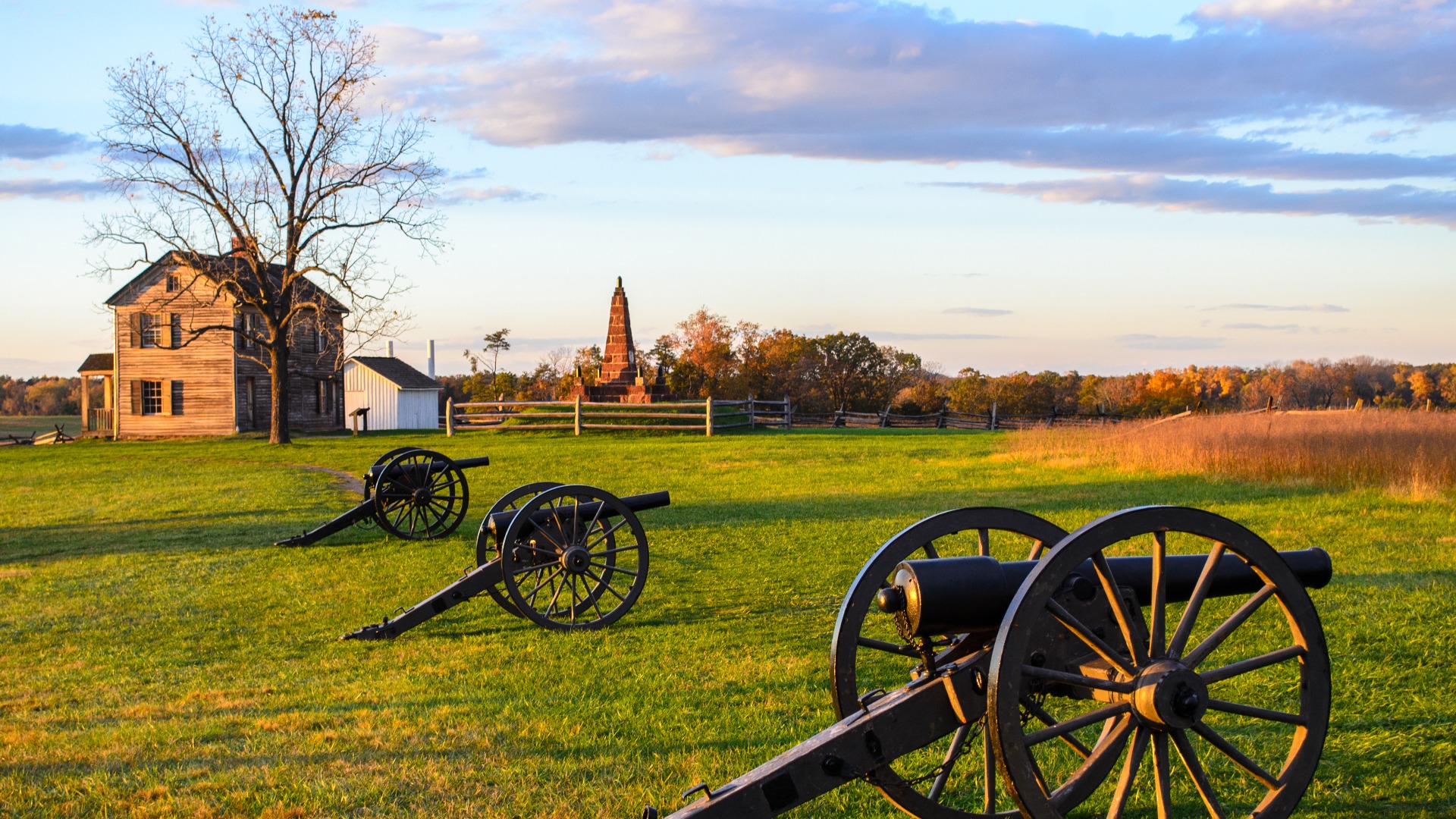Understanding Chimney Liners: A Comprehensive Guide for Prince William County Residents
In the heart of Prince William County, the chilly winds of winter are a reminder of the significance of a warm, crackling fire. As the flames dance behind the glass doors, you feel a sense of serenity and warmth that only a fireplace can provide. But have you ever wondered what keeps your house safe from the heat and smoke produced by your fireplace? The answer lies hidden within your chimney – the chimney liner.
Your chimney liner, often unseen and overlooked, is a critical component of your home’s heating system. This article aims to provide a comprehensive guide to understanding chimney liners, their purpose, types, installation, maintenance, and more. As the renowned A&T Chimney Sweeps fireplace, furnace, dryer vent, gutter cleaning and repair services in Prince William County VA would tell you, an efficient and well-maintained chimney liner is key to a safe and warm home.
Understanding the Purpose of a Chimney Liner
Installed inside the chimney, a chimney liner serves three primary functions. First, it protects the house from heat transfer to combustibles. In the absence of a chimney liner, the intense heat produced by a fire could easily ignite the wooden parts of your house.
Second, it protects the masonry from the corrosive byproducts of combustion. Without a liner, these byproducts could filter into the mortar, gradually causing it to decay and eventually leading to expensive damage.
Third, a chimney liner provides a correctly sized flue for optimum efficiency of appliances. An incorrectly sized flue could lead to excessive creosote buildup, inadequate draft, and inefficient operation of your heating appliance.
Types of Chimney Liners
There are three primary types of chimney liners: clay tile liners, metal liners, and cast-in-place liners.
1. Clay Tile Liners: Traditionally, clay tiles have been used due to their durability and affordability. However, they’re not ideal for all types of appliances.
2. Metal Liners: These are typically made of stainless steel or aluminum and are more flexible for use with different appliances, including wood stoves and gas or oil furnaces.
3. Cast-in-place Liners: These liners create a seamless, insulated passageway for the products of combustion. They can improve the structural integrity of aging chimneys.
Installing and Maintaining Your Chimney Liner
The installation of a chimney liner requires professional expertise. A thorough inspection of the existing chimney, correct measurements, selection of the appropriate liner material, and proper installation techniques are all critical to ensuring the functionality and safety of your chimney liner.
Once installed, regular maintenance is key. Chimney liners should be cleaned and inspected at least once a year or after every cord of wood burned. This ensures that creosote buildup, cracks, or other damage can be detected and addressed early.
FAQs About Chimney Liners
1. How often should a chimney liner be replaced?
The lifespan of a chimney liner depends on the material type and how well it is maintained. Clay tile liners can last up to 50 years, metal liners have a lifespan of about 15 to 20 years, and cast-in-place liners can last over 50 years. Regular inspections will help determine when a replacement is due.
2. How much does it cost to install a chimney liner?
The cost of installing a chimney liner depends on the type of liner, the size of your chimney, and labor costs. On average, you can expect to spend between $625 and $7,000.
3. Are chimney liners necessary for gas fireplaces?
Yes, chimney liners are necessary for all types of fireplaces, including gas ones. They help to improve the efficiency of your appliance and protect your home from the potentially damaging effects of combustion byproducts.
4. Can I install a chimney liner myself?
While it may be tempting to make it a DIY project, installing a chimney liner requires professional knowledge and expertise. Incorrect installation can lead to serious safety hazards.
In conclusion, chimney liners play a vital role in maintaining the safety and efficiency of your heating appliance. Regular inspections and timely maintenance can help prolong the lifespan of your chimney liner and offer you peace of mind. For residents of Prince William County, companies like A&T Chimney Sweeps provide essential services to ensure that your hearth remains a safe and comforting place for you and your family.








